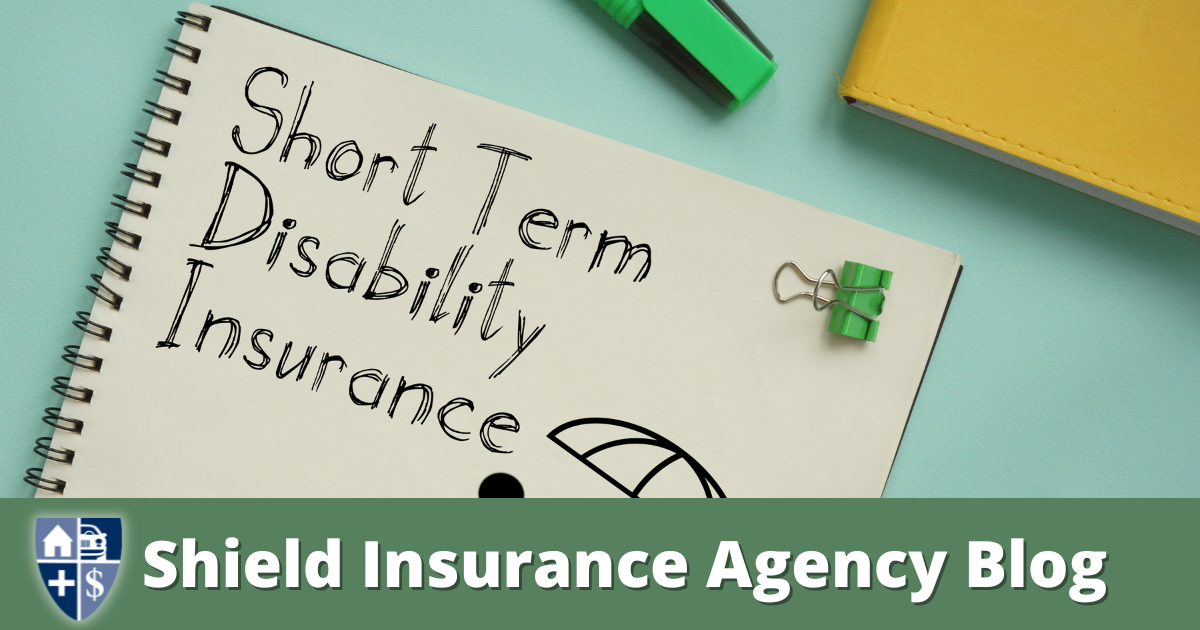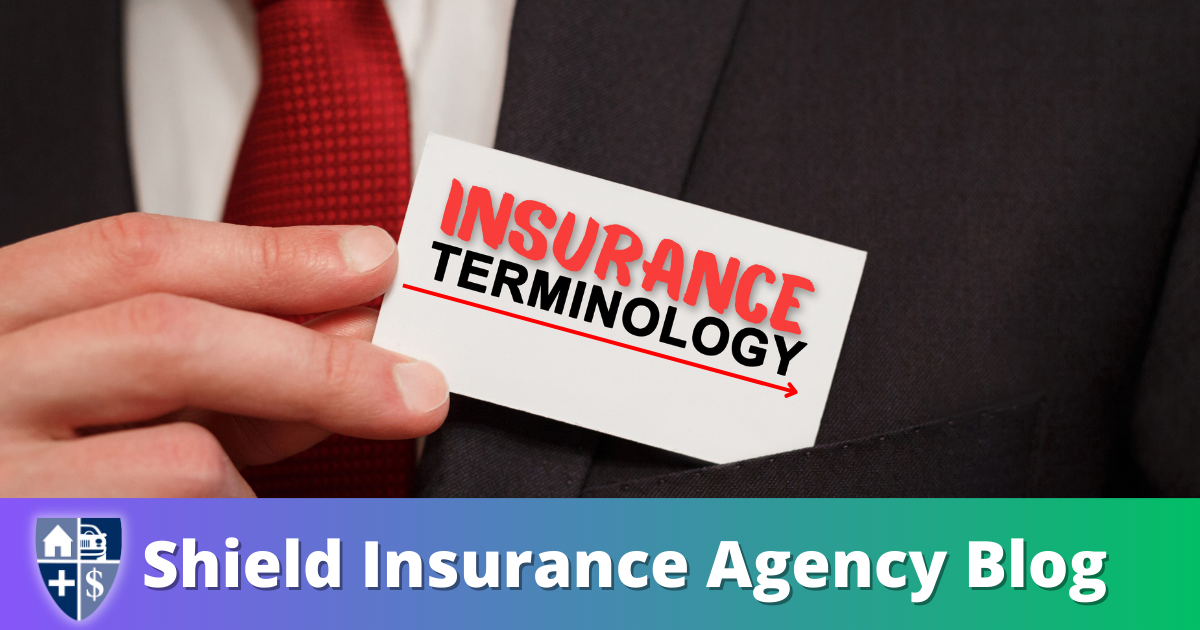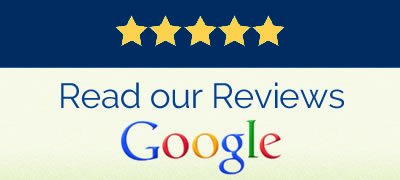
The Truth About Coinsurance and Your Health Insurance: Don’t Miss Out!
Shield Insurance Agency Blog | Coinsurance | Health Insurance | Contact Bri!
NOTE: Coinsurance may also be called “eligible expense,” “payment allowance,” or “negotiated rate.”
Health insurance can be a complex topic, with various terms and concepts that can confuse policyholders. One such term is “coinsurance.” Understanding what coinsurance is and how it affects your health insurance is crucial for making informed decisions about your coverage. In this blog post, we will delve into the intricacies of coinsurance and its impact on your healthcare costs.
Understanding Coinsurance:
Coinsurance is a cost-sharing arrangement between the policyholder and the insurance company. It is the percentage of the covered medical expenses that the policyholder is responsible for paying after the deductible has been met. For example, if your payment allowance is 20%, you will be responsible for paying 20% of the covered medical expenses, while the insurance company will cover the remaining 80%.
Negotiated Rate and Deductible:
Coinsurance and deductible are two separate components of health insurance. The deductible is the amount you must pay out of pocket before your insurance coverage kicks in. Once you have met your deductible, eligible expenses comes into play. It is important to note that the deductible and payment allowance are not the same, and you may have to pay both depending on your insurance plan.
Coinsurance and Healthcare Costs:
Coinsurance plays a significant role in determining your healthcare costs. The percentage of payment allowance you have will directly impact the amount you have to pay for medical services. If your eligible expense percentage is higher, you will be responsible for a larger portion of the medical expenses. On the other hand, a lower payment allowance percentage means the insurance company will cover a larger portion of the costs.
Negotiated Rate Health Coverage:
Coinsurance is a crucial factor in determining the extent of your health coverage. Higher coinsurance percentages can limit your coverage, as you will have to pay a larger portion of the medical expenses out of pocket. It is essential to carefully review your insurance plan and understand the negotiated rate percentage to ensure it aligns with your healthcare needs and budget.
Insurance Plans:
Different insurance plans offer varying payment allowance percentages. Some plans may have fixed percentages, while others may offer different options for policyholders to choose from. When selecting an insurance plan, it is important to consider your healthcare needs and financial situation to determine the most suitable negotiated rate percentage for you.
Medical Expenses:
Payment allowance applies to covered medical expenses, which can include doctor visits, hospital stays, surgeries, prescription medications, and more. It is important to review your insurance policy to understand which medical expenses are covered and how the negotiated rate percentage applies to each category. This knowledge will help you estimate your out-of-pocket costs accurately.
Out-of-Pocket Costs:
Coinsurance is a significant factor in determining your out-of-pocket costs. Along with deductibles and copayments, payment allowance contributes to the total amount you have to pay for medical services. It is crucial to budget for these costs and understand how this affects your financial responsibility.
Coinsurance Health Insurance:
Payment allowance is a common feature in health insurance plans. It helps insurance companies share the cost of medical expenses with policyholders, ensuring that the burden is not solely on the individual. By understanding how payment allowance works, you can make informed decisions about your health insurance coverage and manage your healthcare costs effectively.
Payment allowance Percentage:
The insurance percentage is the portion of the covered medical expenses that you are responsible for paying. It can range from 0% to 50% or more, depending on your insurance plan. Higher payment allowance percentages mean higher out-of-pocket costs, while lower percentages provide more coverage from the insurance company.
Coinsurance vs Copay:
While coinsurance and copayments are both cost-sharing arrangements, they differ in how they are calculated. Coinsurance is a percentage of the covered medical expenses, while a negotiated rate is a fixed amount you pay for specific services. For example, you may have a $20 copayment for a doctor’s visit, regardless of the total cost of the visit. Understanding the difference between negotiated rate and copayments is essential for managing your healthcare expenses.
Coinsurance is a critical aspect of health insurance that affects your out-of-pocket costs and coverage. By understanding how negotiated rate works and reviewing your insurance plan, you can make informed decisions about your healthcare and budget effectively. Shield Insurance Agency represents over 45 insurance companies and can assist in all your insurance needs. Start a Quote Today!
More Blogs by Shield Insurance Agency
- What value comes with my renters insurance plan in Michigan?
- Navigating Michigan Auto Insurance: Understanding Collision Coverage
- Russ Cook Runs 385 Marathons In 352 Days, Becomes First Man To Run Entire Length Of Africa
- Life Insurance Demystified: Whole Life vs. Term Life – Which is Right for You?
- Restaurant’s Quest For Mystery ‘ French Fry Girl ‘ Ends In Heartwarming Discovery




























































